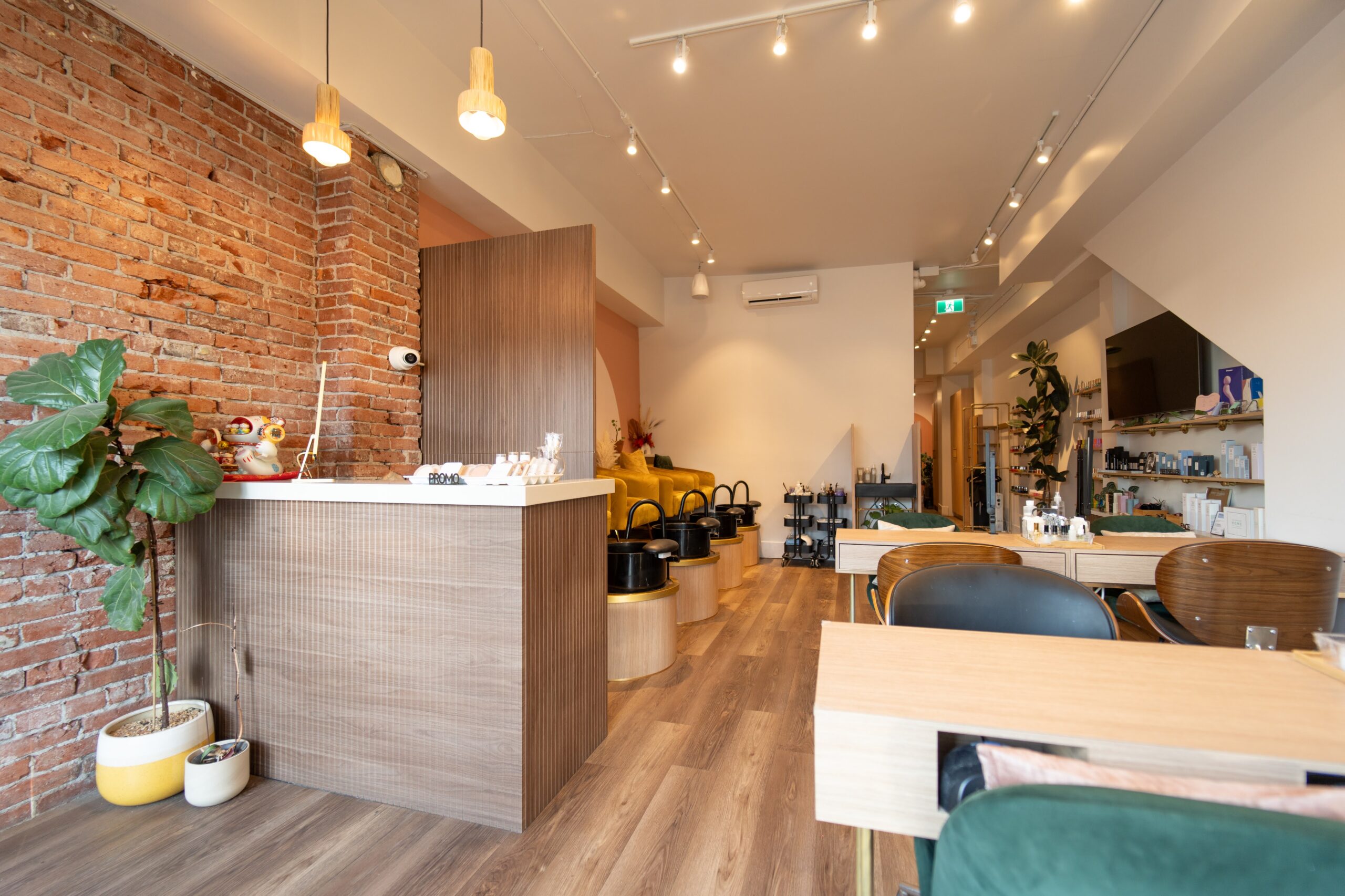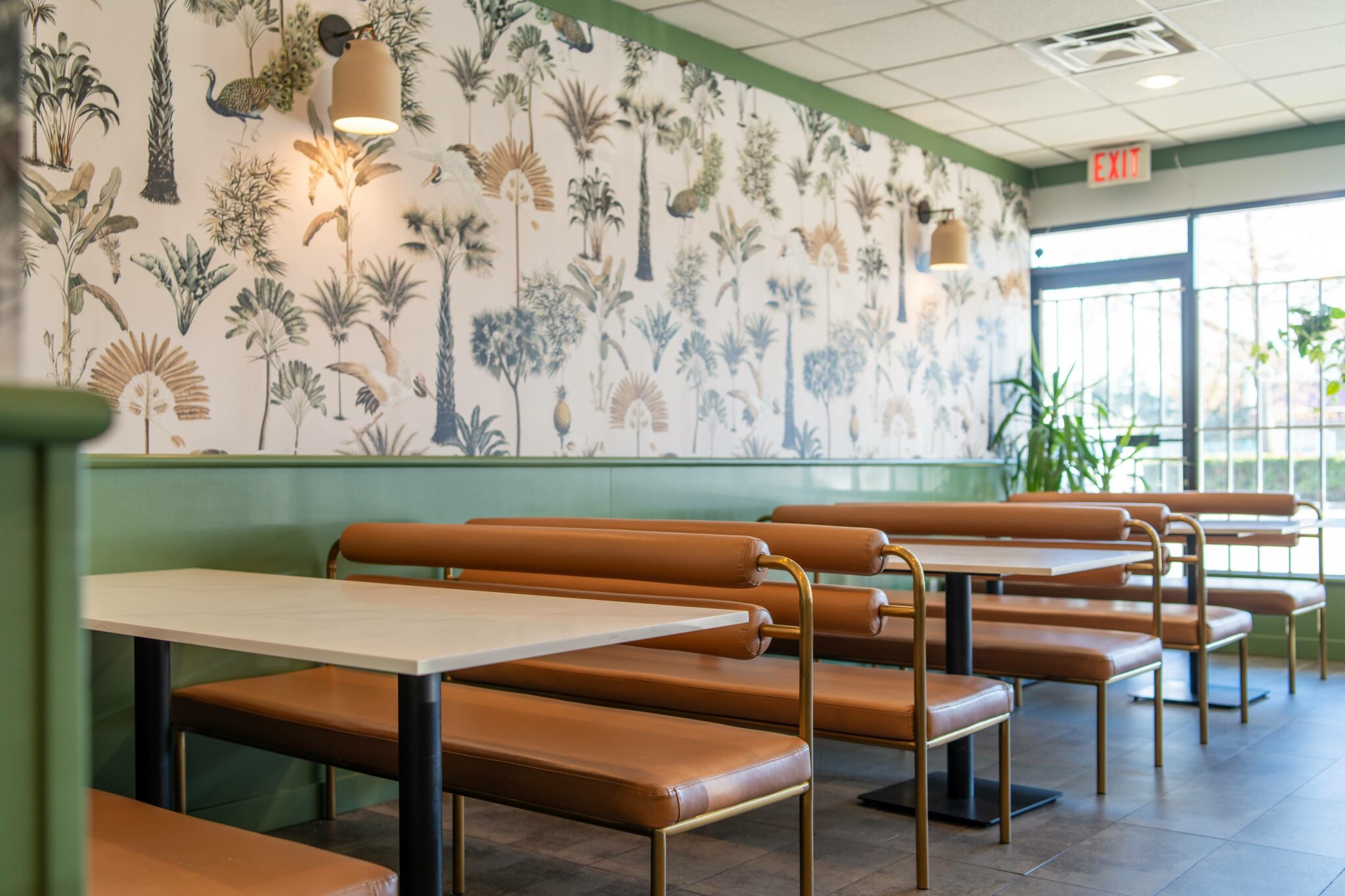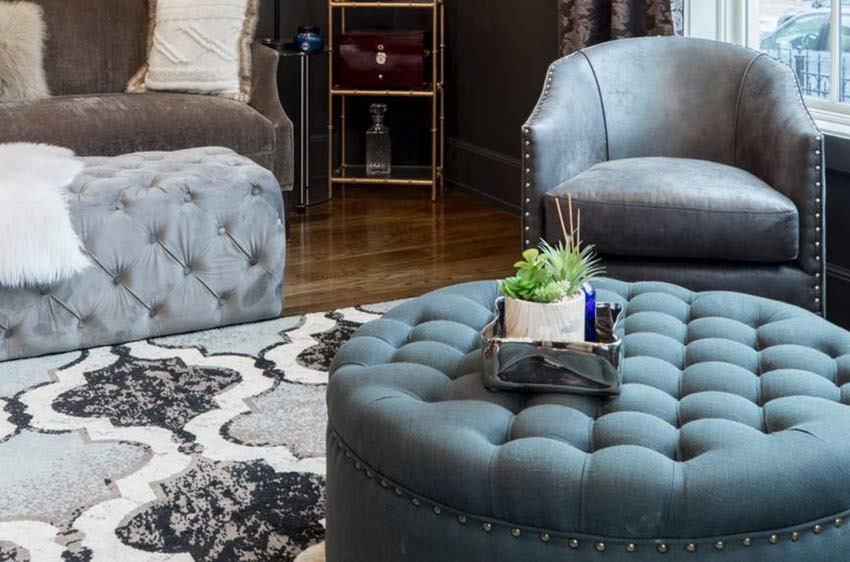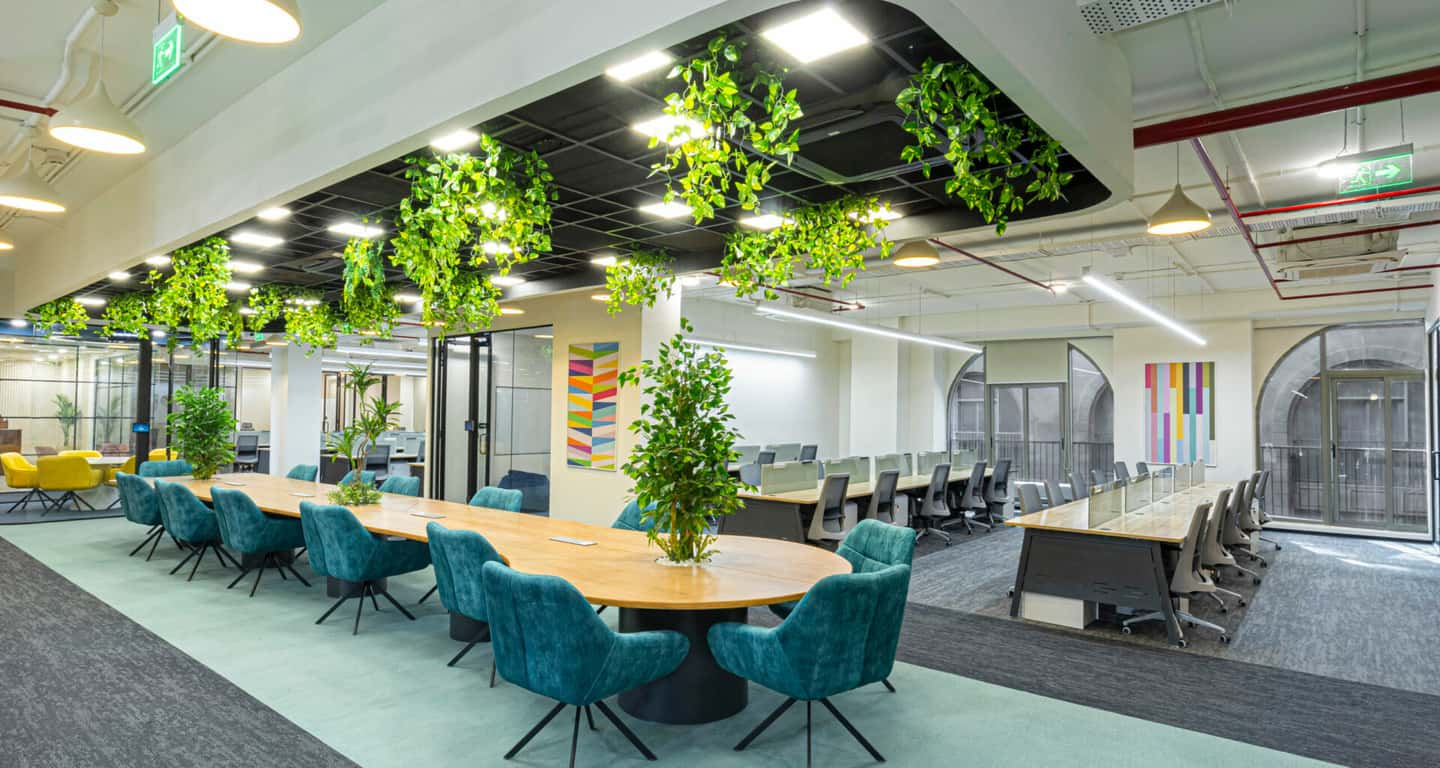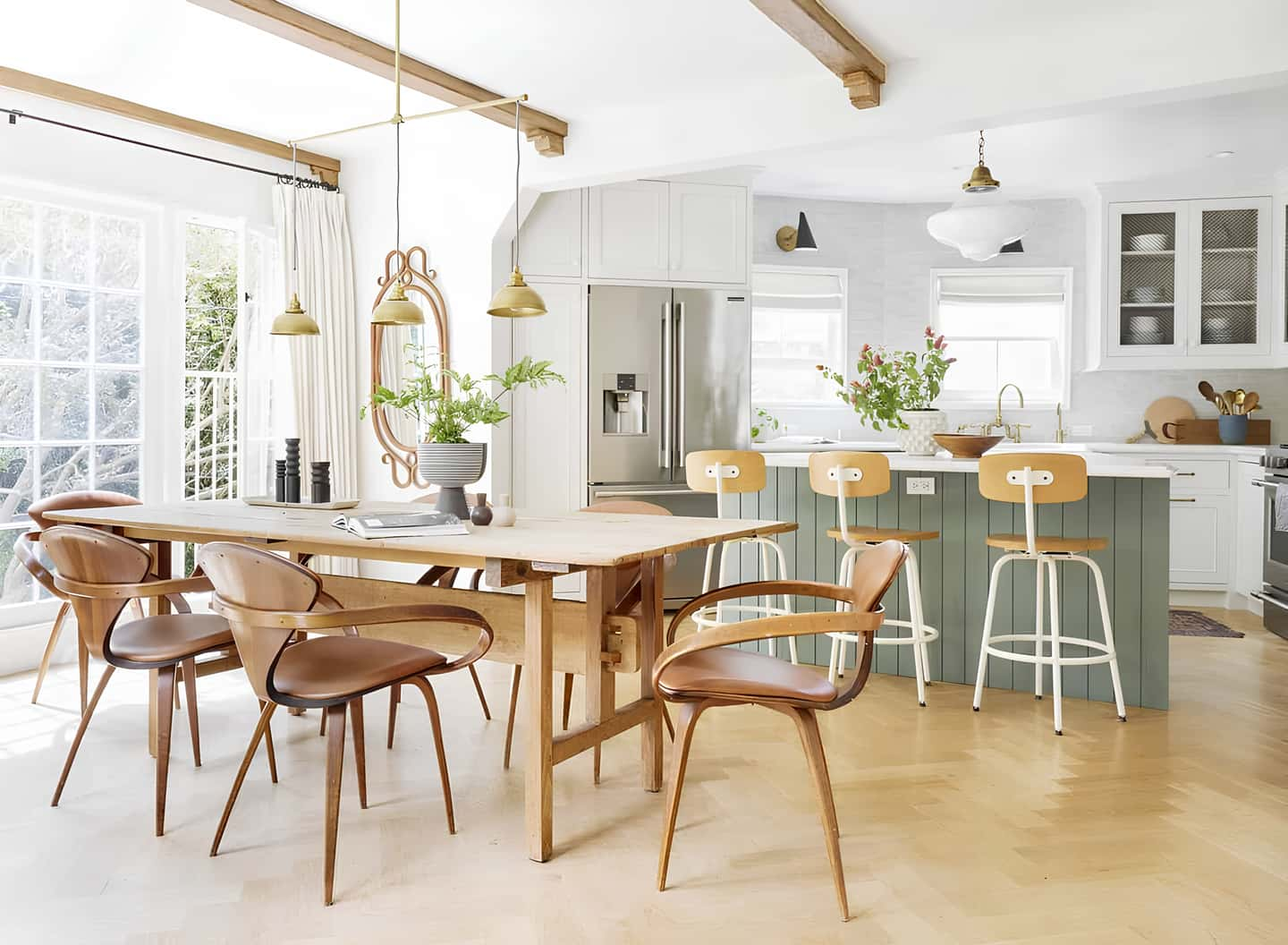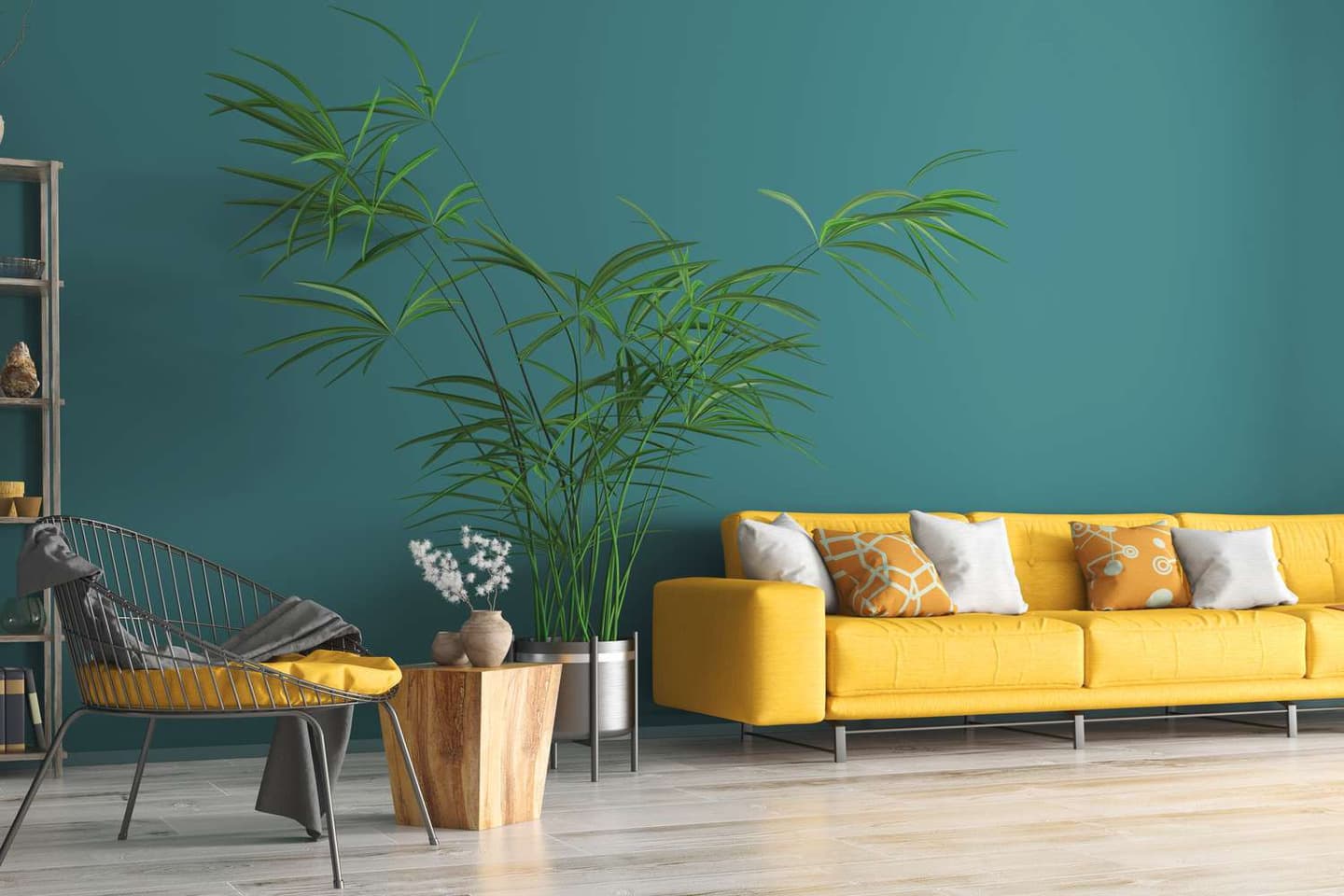When designing the interior of a single-family home, consider the homeowner’s preferences, the functionality of each space, and the overall style and character of the house. As someone who is very interested in interior design, I’ve been through the ups and downs of making my family’s home a cohesive, comfy, and stylish reflection of their personality and way of life. I hope that by sharing my own experiences and insights in this piece, I can inspire and help other people who are just starting out with interior design.
Claiming Your Space
Before diving into design, understanding your space is key. Single-family homes offer a variety of rooms, each serving a distinct purpose. From the inviting warmth of the living room to the kitchen’s functionality and the bedrooms’ need for privacy, thoughtful decoration is crucial for every area. To begin, I assessed my home’s layout, natural light sources, and architectural details, considering how they might influence my design decisions.
Defining Your Style
The chance to identify and show off your own style is one of the best things about designing a single-family home. It’s important to go in a way that feels true to you, whether you like the clean lines of modern design, the warmth of traditional decor, or the unique charm of bohemian style. I wanted to give my home a modern look with a nod to mid-century modern style. I did this by mixing modern furniture with old ones to create a unique look.
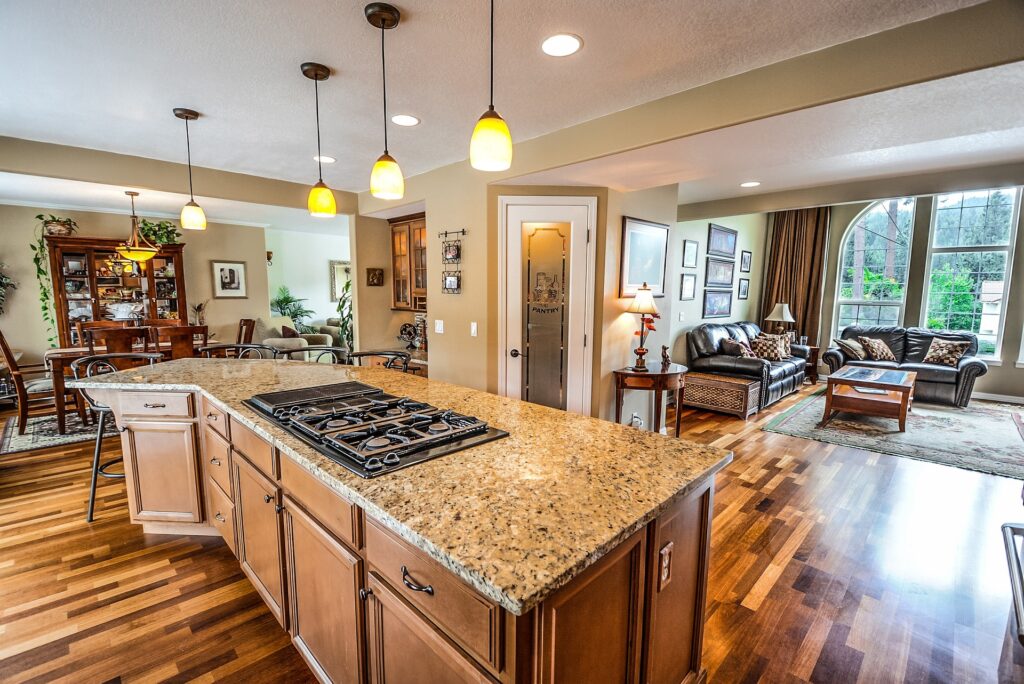
Creating a Cohesive Flow
In a single-family home, it can be hard to make the rooms run together because each one has its own purpose and personality. In order to make the house feel like one unit, I worked on using the same colors and materials in each room. As an example, I went with a basic base of whites and grays and added pops of color and natural wood tones to make it look more interesting. This method let each area have its own personality while still feeling like it belonged to a bigger, more harmonious whole.
Balancing Form and Function
It’s important to find a mix between how a single-family home looks and how it works. It’s important that every room does its job and adds to the beauty of the house as a whole. In my kitchen, for example, I chose long-lasting materials and smart ways to store things without giving up style. In the living room, too, easy seating and lots of light were important to make sure the space was both welcoming and useful for relaxing and spending time with family.
Personalizing Your Space
It’s the little things that make a house feel like a home. Throughout the design process, I looked for ways to include things that are important to my family, like artwork, family pictures, and heirlooms. The space has more depth and personality because of these things. They really show our lives and memories. I also liked the idea of making places that could change based on our needs, like a guest room that can also be used as a home office.
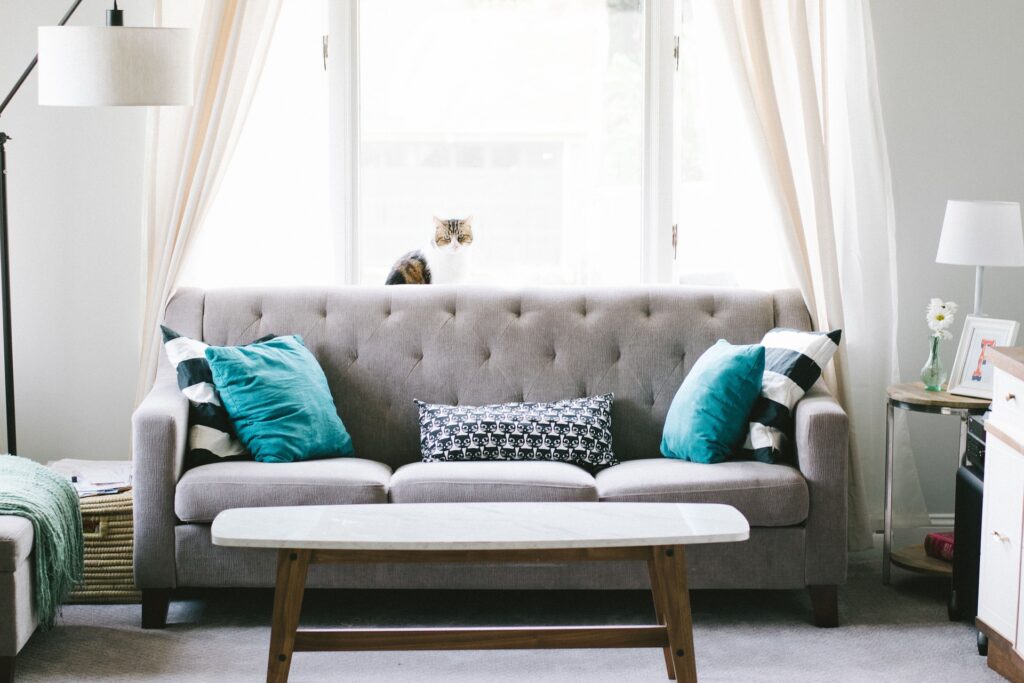
Embracing Natural Light
One of the main goals of my design plan was to make the most of natural light. Light can make a room feel much lighter and warmer, which can change the mood and atmosphere of the room. Light window coverings let some sunshine in while still giving me privacy were the choice I made. Mirrors put strategically across from windows helped to bounce light around the rooms, making them feel bigger and brighter.
Investing in Quality
In terms of furniture and home decor, I learned how important it is to buy high-quality items that will last. I didn’t fill my home with trendy, throwaway items. Instead, I picked well-made furniture and classic styles that I could enjoy for many years. This not only makes sure that it will last, but it also helps make interior design more environmentally friendly.
Conclusion
The process of designing the interior of a single-family home is very unique and satisfying. This is a chance to make a place that not only looks nice but also fits the needs and shows off the personalities of the people who live there. To make a beautiful and usable home, you need to know your space, decide on your style, and focus on how things fit together, how they work, and how they can be personalized. Remember that the best interior design projects are the ones that change over time to fit the needs of the family as they grow.

I am a design enthusiast that loves writing about the latest trends and style when it comes to commercial and residential interior design. I also love architecture and buildings.

